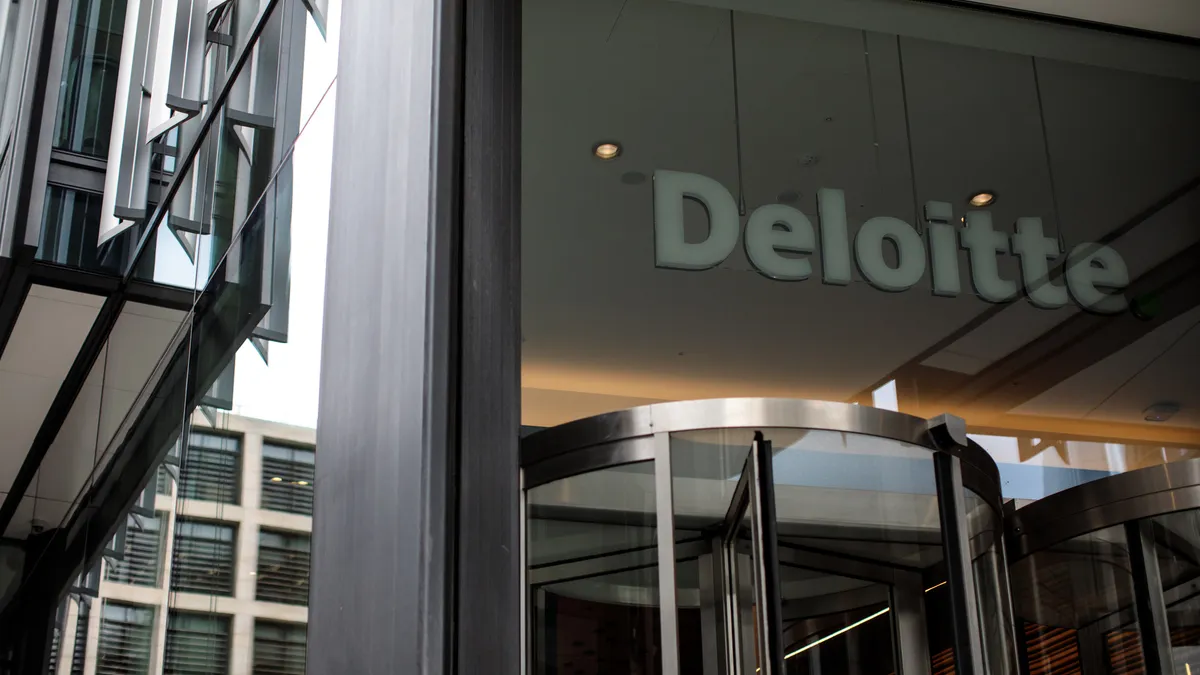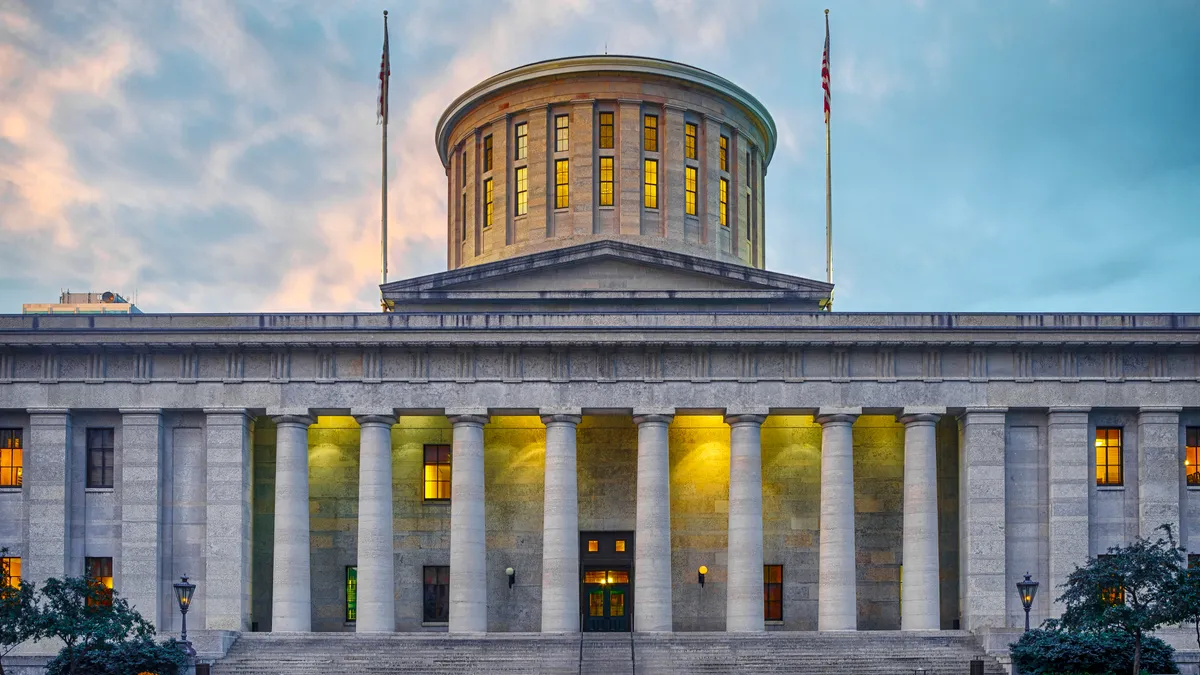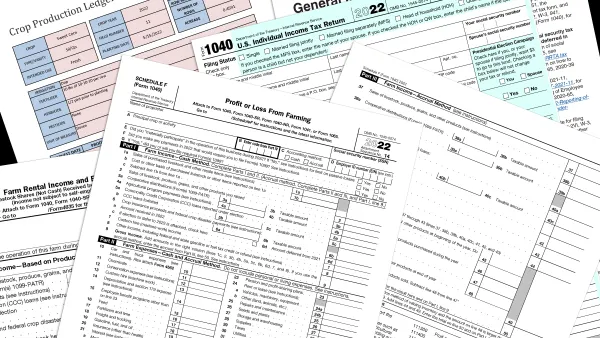Dive Brief:
- U.S. office vacancies notched the first year-over-year decline since Q1 2020, falling to 18.8% in Q3 from 19% in the prior year period. This represents a high that previously hadn’t been touched since 1992 in the wake of the savings and loan crisis, according to a report from the real estate services firm CBRE and Stefan Weiss, U.S. head of office research for CBRE.
- The main driver is a downshift in supply as the new construction pipeline shrinks and older office space is being teed up for demolition or conversion to other uses, Weiss said.
- “We have the supply hangover from what we’ve built for the old way of working but we’re starting to eat away at that,” Weiss said in an interview. “We’re seeing supply come off the boil.”
Dive Insight:
The healthier vacancy rate, while still notably higher than the long-run average that is typically between 12% and 14%, is one of the latest signs that the office slump that was triggered by the acceleration of remote and hybrid work in the pandemic is beginning to turn the corner, Weiss said.
The shift is starting to impact rents. The average U.S. office taking rent, which does not include concessions, rose 1.7% year-over-year to $32.47 a square foot per year in Q3, from $31.92, he said. At the same time, the average asking rents on an inflation-adjusted basis are the lowest they’ve been since about 1988, Weiss said.
Weiss, noting that most corporate expenditure costs are rising at a much faster clip than the uptick in rents, still underpins a market that favors tenants at least outside the top-tier buildings. “Users of prime space are seeing the market is tighter but it’s still a tenant-favorable market for anything outside of that prime product,” Weiss said in an interview.
There are some signs that demand is also stabilizing, driven in part by the return-to-office push, financial services and tech firms pushing demand for larger blocks of space. Two years, ago the space companies allotted per office-using employee bottomed out at 146 square feet, and it has since ticked up to 149 square feet, Weiss said.
“You can attribute some amount of that toward this push towards more in-office attendance,” Weiss said.














